Climate Anxiety is a “thing”
In a Nature.com survey of ages 16-25 worldwide (10,000 respondents from 10 countries), youth were concerned about climate change, with nearly 60% saying they felt ‘very worried’ or ‘extremely worried’.
Many associated negative emotions with climate change — the most commonly chosen were ‘sad’, ‘afraid’, ‘anxious’, ‘angry’ and ‘powerless’. (nature.com)
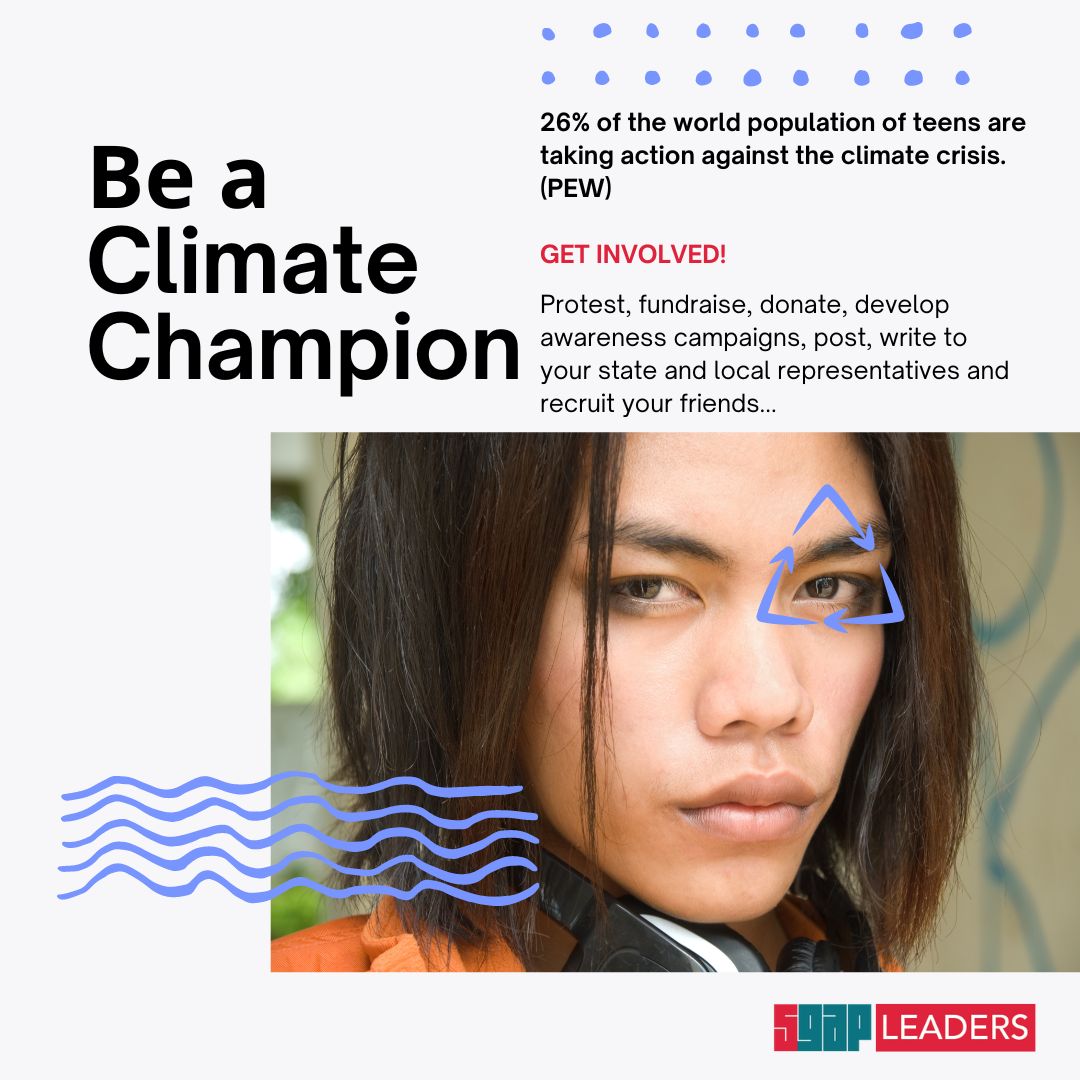
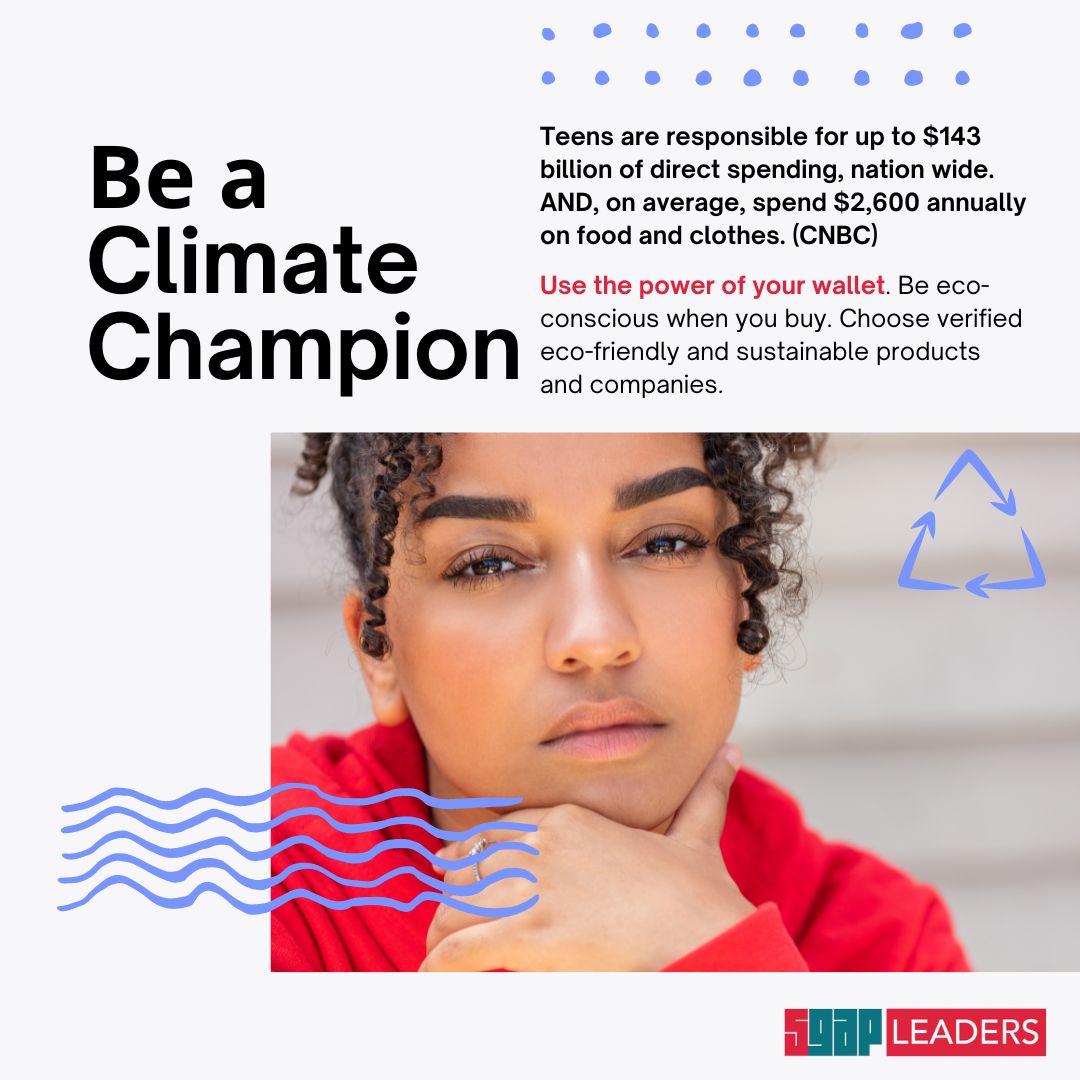
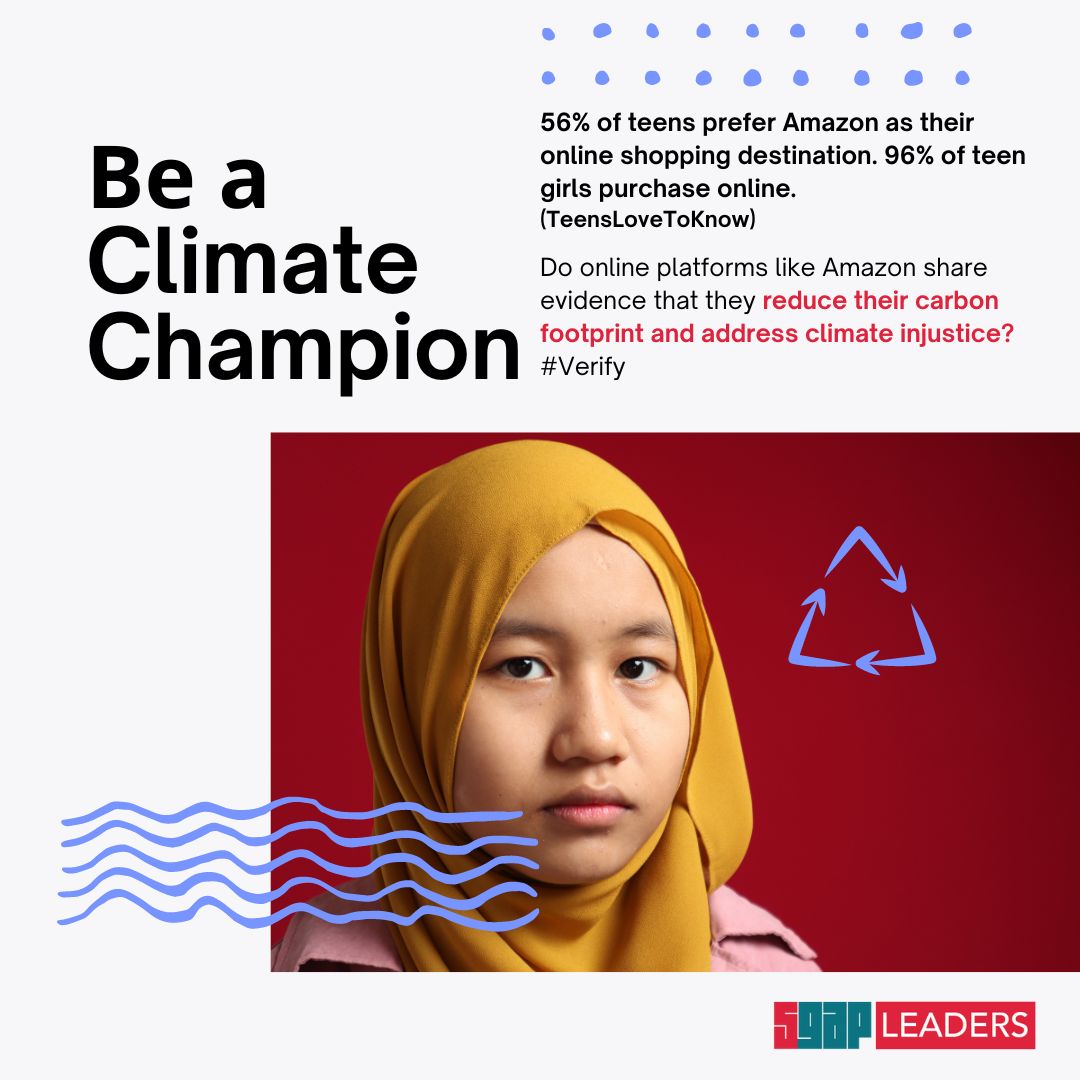
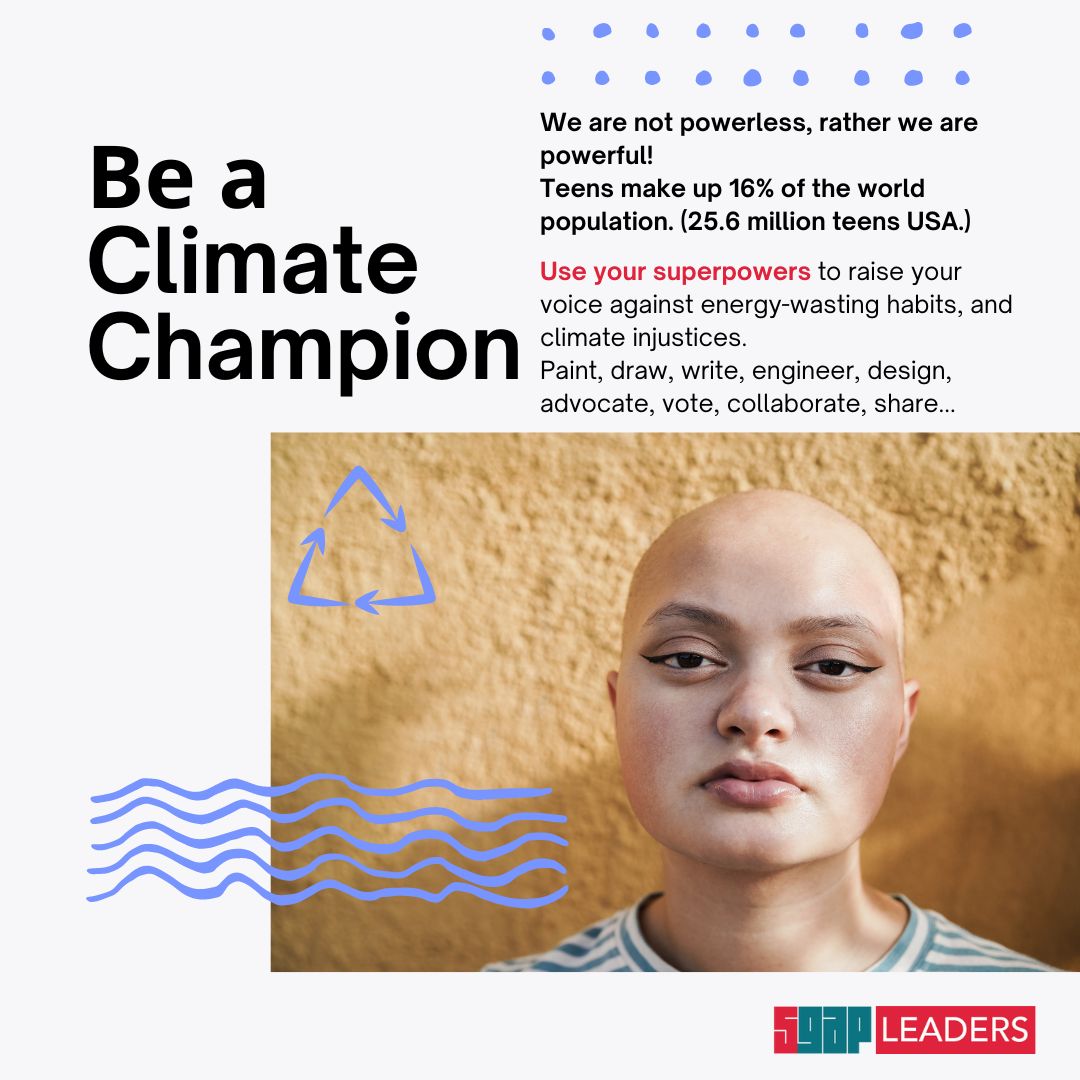
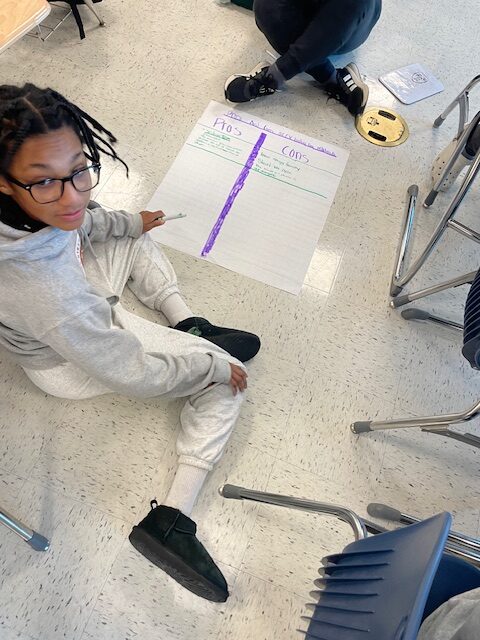
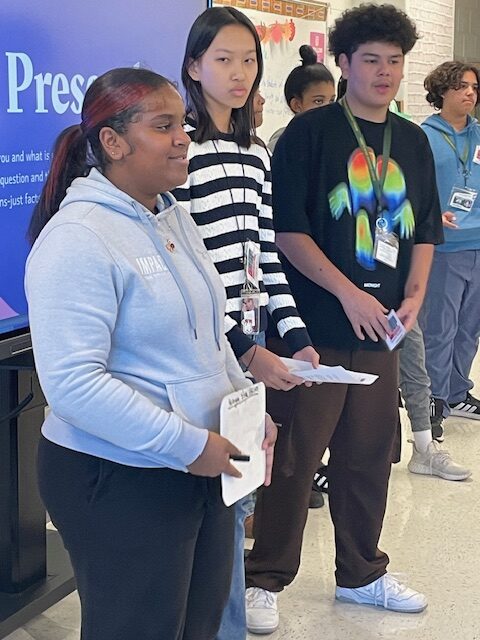
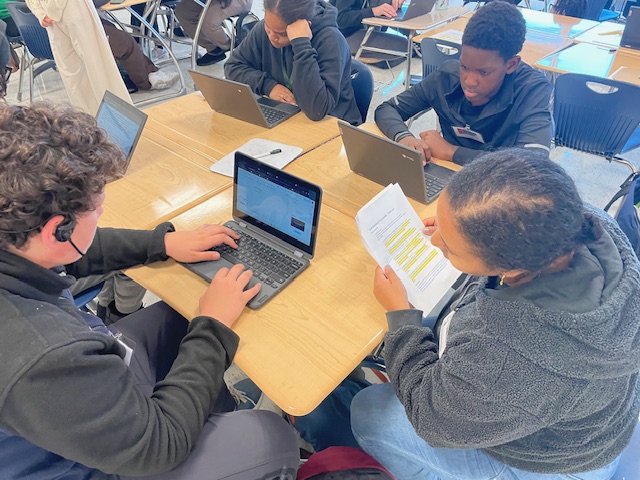
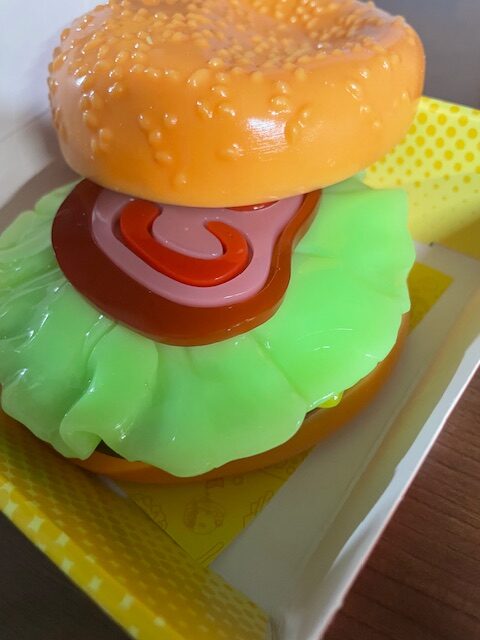
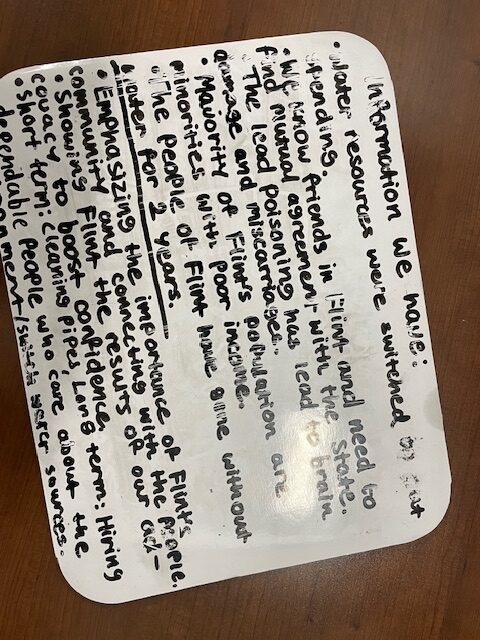
How do we combat it?
“The best cure … for climate anxiety is action, because as soon as you start to act, bit by bit, the crisis starts to feel less like an apocalypse and more like something we can still solve." Phoebe L. Hanson, Climate Activist
“Talking to friends and family, … it’s all good. You might be surprised how receptive people are, and that they have been struggling with similar things." Margaret Klein Salamon, psychologist
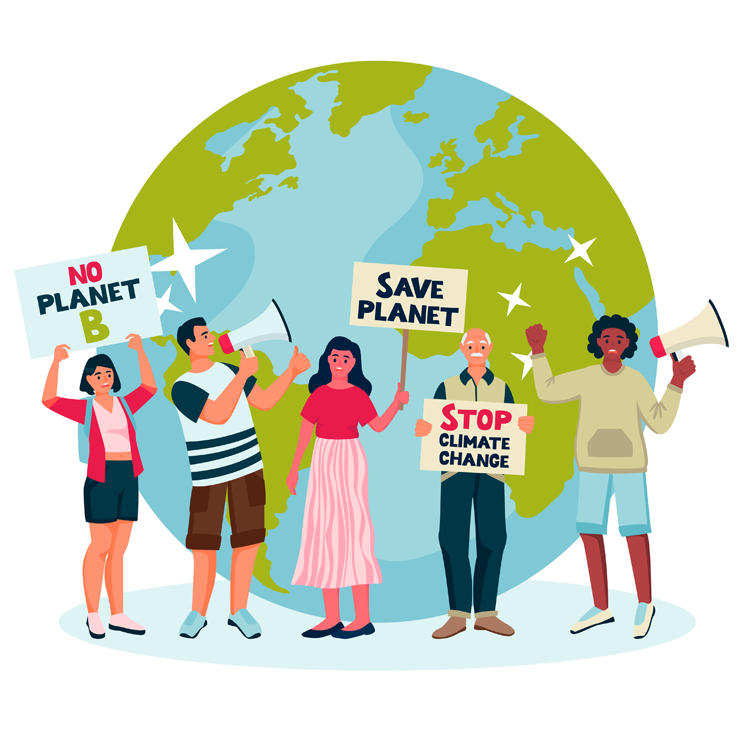
Speak Out
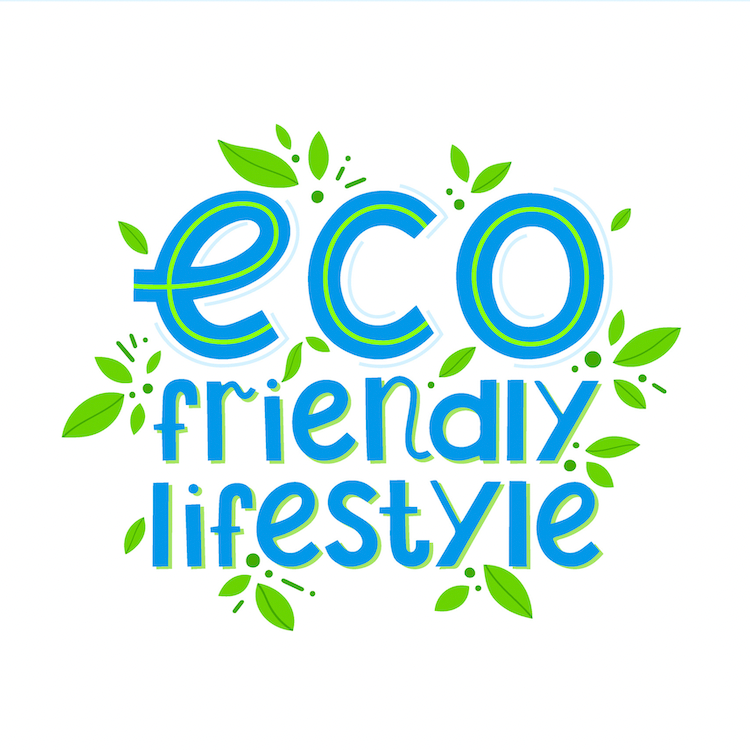
Our Actions

Knowledge Is Power
CLIMATE CLINICS
Climate clinics are weekly one hour virtual or in-person sessions held either during school or after school where high school students research, discuss, participate in activities related to climate change and climate action.
Each clinic is facilitated by our trained Climate Coach.
Once a week for six weeks, high school students will research, discuss and participate in activities as they explore their own school’s carbon footprint related to transportation, solar energy and food waste impact.
Students will do a deep dive in the energy demand and energy supply side equation of their own school and community through the lens of fair access and sustainability.
Throughout the clinics, students will develop team building, problem-solving, presentation and collaboration skills. Lastly, they will participate in a multiplayer and singleplayer game to test their knowledge as they prepare for their final challenge.
The purpose of the climate clinics are to prepare high school students and youth groups for the Sustainability Challenge workshops.
Teachers, youth groups, and community partners who work or partner with high school students may register groups of up to 30 high school students to participate.
Funded By
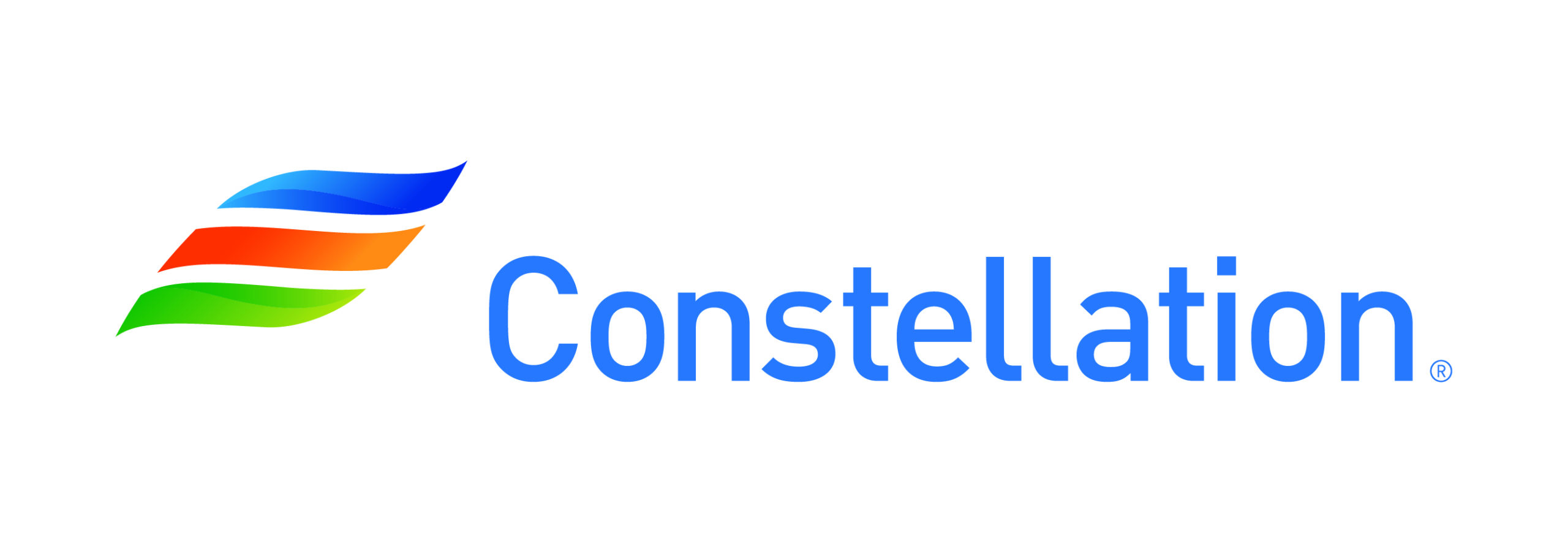
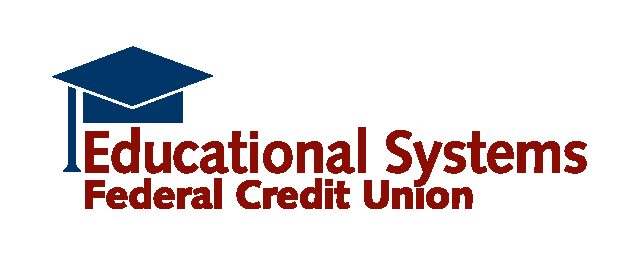
CLIMATE ACTION
GOAL 13: One of 17 Sustainable Development Goals established by the United Nations General Assembly in 2015 focuses on climate action.
The official mission statement of Goal 13 is to “Take urgent action to combat climate change and its impacts."
SGAP Leaders with partners Footprint2Wings and the School of Engineering at The Catholic University of America collectively developed content for our climate coach training sessions, and high school climate clinics as part of a three tier program to engage and empower youth about climate action and to close the “climate knowledge-to-action” gap.
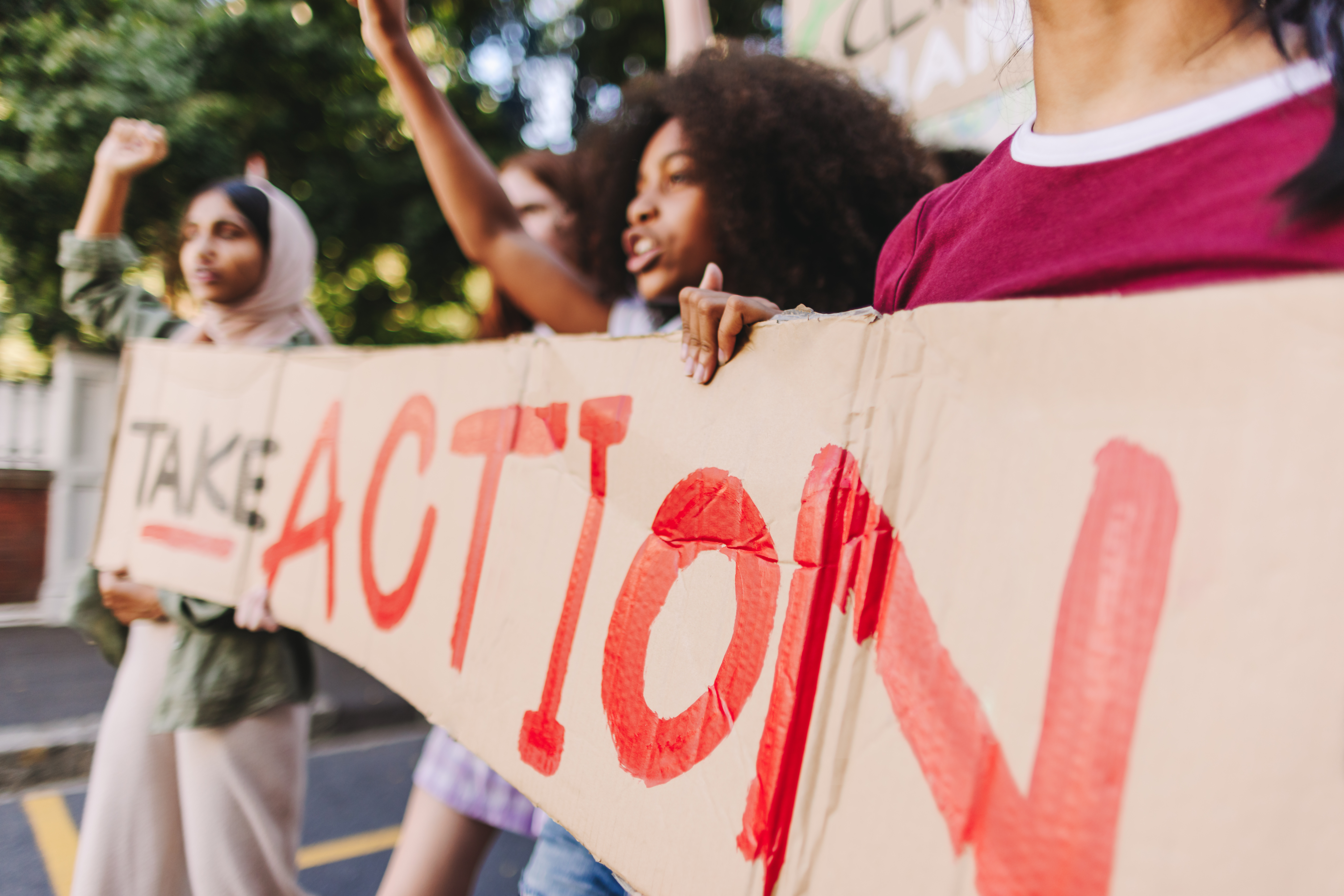
School Groups
1) Leadership Training Institute(LTI) Kennedy High School, Silver Spring, MD (MCPS).
LTI empowers students through a rigorous interdisciplinary education emphasizing experiential learning, community service projects, and leadership theory and application.
2) SAPPlings (Student Advocates Protecting The Planet). Created by high school students for their peers, the SAPPlings project empowers young people to speak up about environmental challenges and take part in purposeful activities that promote sustainable living—making a positive impact in their schools, neighborhoods, and beyond.
3) Community Bridges – CB empowers girls from a variety of life experiences to grow into strong students, confident leaders, and well-rounded individuals.
Objectives
Objective 1
- 85% of students will be able to recognize and use common terminology associated with climate change solutions and energy use.
- Standard: IB – International Baccalaureate – Encourages open-minded listening to understand shared human experiences and a variety of viewpoints.
Objective 2
- 85% of students will be able to identify climate related careers.
- Board of Education ECA Policy – Sustainability (E) Implementation Strategies (1c):
Provide opportunities for students and staff to engage in actions that contribute to climate solutions, preparedness/adaptation responses, and environmentally sustainable practices, and explore related career paths.
Objective 3
- 85% of students will deepen their understanding of how to support and take action on local environmental efforts within their communities (county, town, state).
- Standard: AP Environmental Science
Use scientific, economic, and other data to assess environmental risks and benefits associated with societal activity.
Objective 4
- 75% of students will be able to identify and analyse their school bus transportation (electrification), high school building energy-use (solar), and the impact of food waste as a contributor to greenhouse gases (carbon footprint). Students will explore these factors through a fair lens that promotes health and wellness.
- Standard: HS-ETS1-3 Engineering Design: Evaluate a solution to a complex real-world problem based on prioritized criteria and trade-offs that account for a range of constraints, including cost, safety, reliability, and aesthetics as well as possible social, cultural, and environmental impacts.
Clinics: Weekly Schedule
- Week 1 Kick-off – Overview/Commitment Agreement
- Week 2 – Climate (in)Justice
- Week 3 – Carbon Footprint
- Week 4 – Food Waste
- Week 5 – Solar Energy
- Week 6 – Transportation
- Week 7 – Community Climate Solutions – Multiplayer
- Week 8 – Hone your Presentation Skills